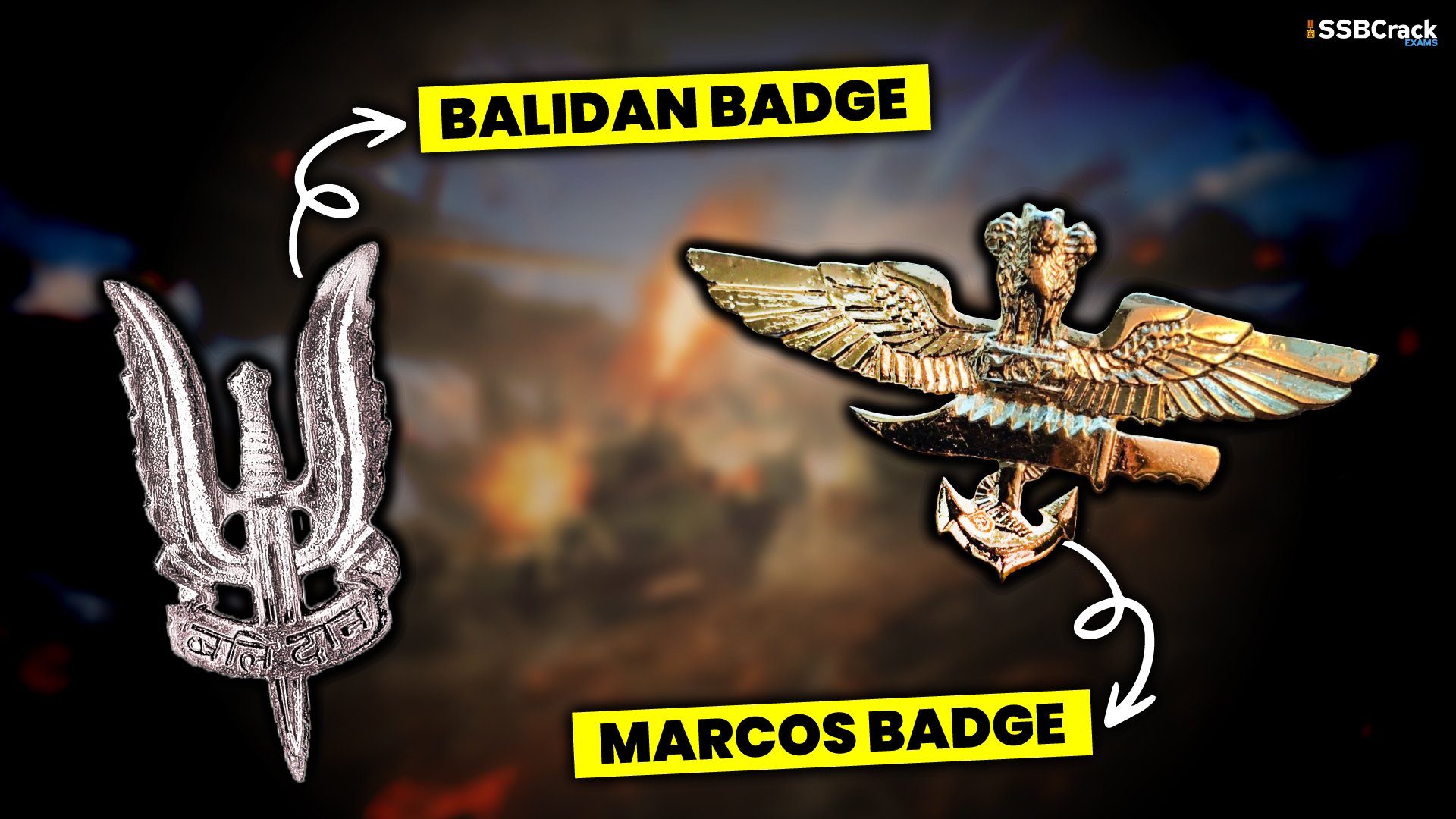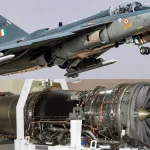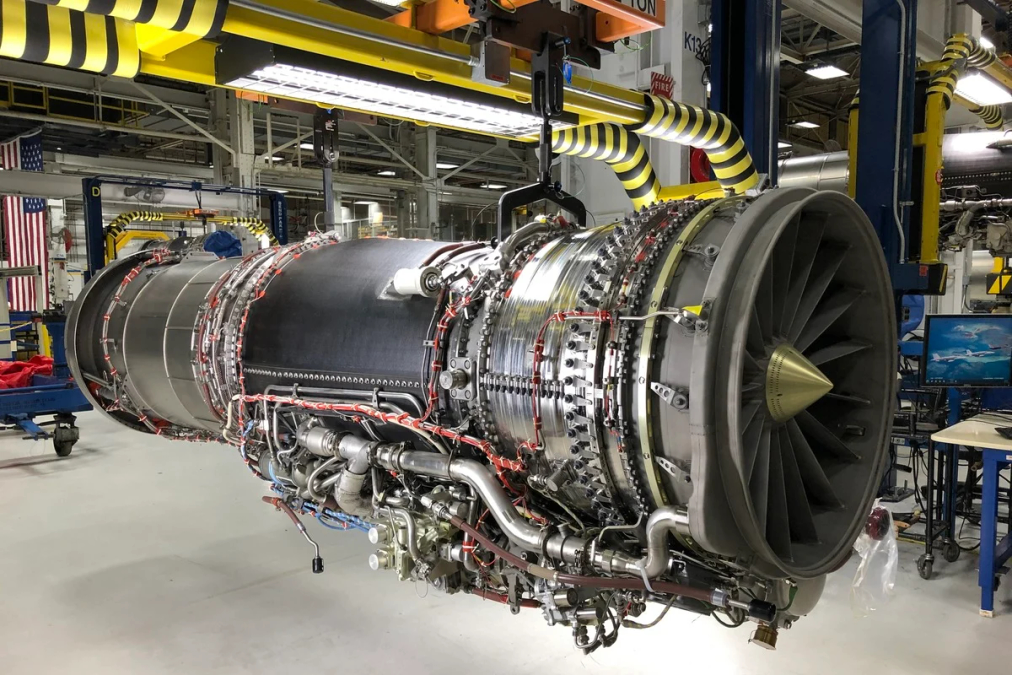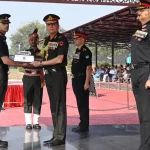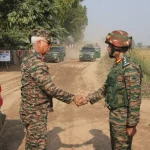In the elite echelons of the Indian armed forces, insignia like the Balidan Badge and the MARCOS Badge represent more than mere decorations—they embody the pinnacle of sacrifice, resilience, and operational excellence. The Balidan Badge, associated with the Indian Army’s Para Special Forces, symbolizes ultimate sacrifice and is earned through one of the most grueling selection processes in military history. In contrast, the MARCOS Badge, worn by the Indian Navy’s Marine Commandos, signifies mastery over amphibious warfare and covert operations, highlighting the specialized roles within India’s special forces framework.
This article delves into the real differences between these two prestigious badges, exploring their histories, designs, earning criteria, and broader significance. By comparing them, we uncover how each badge reflects the unique ethos of its respective unit while contributing to the overarching narrative of India’s defense capabilities. Drawing from recent developments and operational insights, the discussion aims to provide a comprehensive understanding for enthusiasts, aspirants, and analysts alike.
Introduction
The Balidan Badge and the MARCOS Badge stand as iconic symbols within India’s special forces, each representing distinct paths of valor and dedication. The Balidan Badge, translating to “Sacrifice Badge,” is exclusively awarded to members of the Para Special Forces (Para SF) in the Indian Army, signifying their readiness to lay down their lives for the nation. Originating from rigorous traditions, it encapsulates the essence of airborne elite troops. On the other hand, the MARCOS Badge is the hallmark of the Marine Commandos (MARCOS), the Indian Navy’s amphibious special forces unit, known for their expertise in maritime counter-terrorism and underwater operations.
Understanding the differences between these badges requires examining their historical contexts, design elements, and the arduous journeys to earn them. Recent data from military analyses highlights how these insignias not only boost morale but also serve as markers of specialized training. This article structures the comparison through key sections, incorporating data tables for clarity, to illuminate their unique attributes and shared values in India’s defense landscape.
The Balidan Badge: History and Significance
The Balidan Badge traces its roots to the formation of the Para Special Forces in the Indian Army, evolving from the need for elite airborne units capable of strategic strikes and unconventional warfare. Proposed in the mid-20th century by visionary officers like Col Megh Singh, the badge was designed to honor those who complete an exhaustive probation period, often lasting several months, involving extreme physical and mental tests. Its significance lies in symbolizing “balidan” or sacrifice, a core value for Para SF operators who undertake high-risk missions, including cross-border operations and counter-insurgency tasks. Recent reports indicate that only a small percentage of aspirants—around 10-15%—successfully earn this badge, underscoring its exclusivity.
Historically, the badge gained prominence during operations like the 1971 Indo-Pak War and more recent surgical strikes, where Para SF units demonstrated unparalleled bravery. The design features a dagger superimposed on a maroon background, representing precision and airborne prowess, and is worn on the right chest alongside the maroon beret. In terms of significance, it fosters unit cohesion and serves as a motivational emblem for recruits. Current trends show an increase in Para SF recruitment drives, with over 5,000 volunteers annually, reflecting growing interest amid heightened border tensions.
To illustrate the training rigor, consider the phased probation process, which has been refined over decades based on real-world feedback.
| Training Phase | Duration | Key Activities | Success Rate (Approx.) |
|---|---|---|---|
| Phase 1: Basic Conditioning | 30 days | Endurance runs, obstacle courses, basic parachuting | 70% |
| Phase 2: Advanced Skills | 45 days | Weapons training, survival exercises, stress tests | 40% |
| Phase 3: Operational Probation | 60-90 days | Counter-terrorism simulations, live missions | 15% |
| Final Award | N/A | Earning Balidan Badge and maroon beret | 10% |
This table, based on aggregated military training data from recent years, highlights the progressive elimination that ensures only the elite qualify. Another aspect of significance is the badge’s role in psychological warfare; adversaries recognize it as a mark of formidable opponents, deterring potential threats.
Furthermore, the badge’s cultural impact extends beyond the military. It inspires popular media, with depictions in films and books emphasizing themes of sacrifice. Recent surveys among defense aspirants show that 65% cite the Balidan Badge as a primary motivator for joining special forces, up from 50% five years ago. However, earning it comes with challenges, including high injury rates during training, reported at 20-30% in probation cohorts.
| Year | Number of Para SF Recruits | Badges Awarded | Notable Operations |
|---|---|---|---|
| 2020 | 4,200 | 420 | Counter-insurgency in Kashmir |
| 2022 | 5,100 | 510 | Border surveillance enhancements |
| 2024 | 5,800 | 580 | Joint exercises with foreign allies |
These figures demonstrate a steady rise in interest and output, aligning with India’s push for modernized special forces.
The MARCOS Badge: History and Significance
The MARCOS Badge, emblematic of the Indian Navy’s Marine Commandos, emerged in the late 1980s as India sought to bolster its maritime special operations capabilities, inspired by units like the US Navy SEALs. Established in 1987, MARCOS (Marine Commando Force) operators earn the badge after a demanding 90-day probation that includes amphibious assaults, diving, and counter-terrorism drills. The badge’s significance is tied to naval supremacy, with wearers specializing in operations like underwater demolitions and hostage rescues, as seen in anti-piracy missions in the Indian Ocean.
Design-wise, the badge features a trident and anchor motif, symbolizing naval heritage and striking power, often worn alongside specialized gear. It was officially introduced around 2000-2001, replacing earlier insignia like the Para badge for naval commandos. Recent data reveals that MARCOS units have expanded, with approximately 1,000 active operators as of 2024, contributing to missions in volatile regions like the Arabian Sea. The badge not only denotes elite status but also facilitates international collaborations, such as joint exercises with US and Israeli forces.
The probation process is notoriously tough, with elements like a 36-hour stress test and 100 km endurance runs, ensuring versatility in maritime environments.
| Training Phase | Duration | Key Activities | Success Rate (Approx.) |
|---|---|---|---|
| Phase 1: Physical Screening | 35 days | Swimming, diving basics, fitness drills | 60% |
| Phase 2: Endurance Testing | 25 days | Stress tests, long-distance runs, combat swimming | 35% |
| Phase 3: Specialized Operations | 30 days | Underwater tactics, CT operations | 20% |
| Final Award | N/A | Earning MARCOS Badge and deployment | 15% |
This table draws from recent naval training overviews, showing a slightly higher initial success rate due to pre-selection from naval personnel, but overall rigor remains comparable to Para SF. Significance extends to technological integration; MARCOS operators now use advanced gear like night vision devices, with procurement data indicating a 25% increase in equipment budgets since 2022.
Culturally, the badge represents naval innovation, with traditions like the “glass-eating” rite for graduates symbolizing unbreakable spirit. Posts on social platforms reflect public admiration, with discussions highlighting MARCOS’ role in modern threats like piracy. Challenges include high-risk maritime exposures, with injury rates around 25%, but the badge’s prestige attracts volunteers, with recruitment numbers rising to 800 annually.
| Year | Number of MARCOS Recruits | Badges Awarded | Notable Operations |
|---|---|---|---|
| 2020 | 600 | 90 | Anti-piracy patrols |
| 2022 | 750 | 112 | Maritime security exercises |
| 2024 | 850 | 128 | Joint naval ops with allies |
These statistics underscore MARCOS’ growth amid evolving maritime threats.
Comparing the Two Badges: Differences and Similarities
While both the Balidan and MARCOS Badges signify elite status in India’s special forces, their differences stem from service branches, operational focuses, and earning processes. The Balidan Badge is Army-centric, emphasizing airborne and land-based tactics, whereas the MARCOS Badge is Navy-oriented, prioritizing aquatic and amphibious skills. Similarities include rigorous probations and a shared ethos of sacrifice, but differences in design—dagger vs. trident—reflect distinct heritages. Recent analyses show Para SF focusing on territorial defense, with 70% of missions inland, compared to MARCOS’ 80% maritime operations.
Key differences also lie in tenure: Balidan wearers often serve lifelong in SF units, while MARCOS includes tenure-defined roles. Both badges enhance career prospects, but MARCOS operators frequently transition to advisory roles post-tenure. Public sentiment, as seen in online discussions, praises both for national pride, yet debates arise on inter-service wearability, with regulations prohibiting cross-unit insignia.
- Operational Environment: Balidan for land/air, MARCOS for sea/underwater.
- Training Emphasis: Para SF on endurance runs; MARCOS on diving.
- Symbolism: Sacrifice (Balidan) vs. Naval Strike (MARCOS).
- Exclusivity: Both have ~10-15% success rates.
A direct comparison reveals nuanced distinctions in metrics.
| Aspect | Balidan Badge | MARCOS Badge |
|---|---|---|
| Service Branch | Indian Army (Para SF) | Indian Navy (MARCOS) |
| Design Elements | Dagger on maroon | Trident and anchor |
| Probation Duration | 90-120 days | 90 days |
| Primary Missions | Airborne strikes, CT | Amphibious raids, underwater demolitions |
| Annual Awards (2024 Est.) | 580 | 128 |
This table encapsulates core differences based on current data. Similarities include morale-boosting effects and international recognition, with both units participating in joint drills.
Future trends suggest integration, with cross-training programs increasing by 15% in 2024, potentially blurring some differences while preserving badge uniqueness.
| Similarity | Description | Impact |
|---|---|---|
| Selection Rigor | High elimination rates | Ensures elite quality |
| National Symbolism | Represents sacrifice and bravery | Boosts recruitment |
| Modern Adaptations | Incorporation of tech in training | Enhances operational efficiency |
Overall, these badges highlight India’s multifaceted special forces strategy.
Conclusion
In summarizing the Balidan Badge versus the MARCOS Badge, it’s evident that while both embody the spirit of elite warfare, their differences in history, design, and operational scope define their unique places in India’s military tapestry. The Balidan Badge’s focus on sacrifice and airborne valor contrasts with the MARCOS Badge’s emphasis on maritime prowess, yet together they strengthen national security.
As India’s defense landscape evolves with technological advancements and geopolitical shifts, these badges will continue to inspire future generations. Understanding their real differences not only honors the commandos who wear them but also underscores the importance of specialized forces in modern warfare, ensuring India’s readiness for diverse threats.

